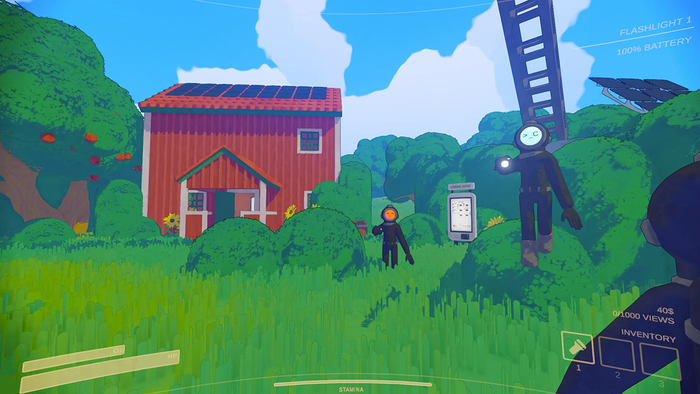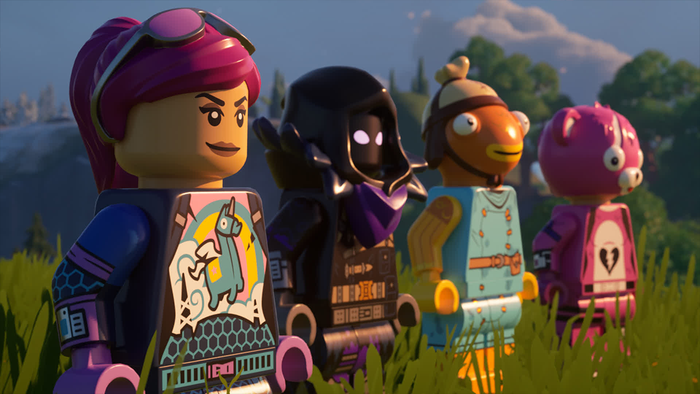Science fiction games may involve interstellar aliens and post-apocalyptic landscapes that don't exist, but one group of scientists seeks to help make-believe games become more believable.

Sebastian Alvarado is a Ph.D candidate at McGill University in Montreal. He's also part of a collective of scientists called Thwacke, which is helping game developers bring more rigorous reality to their games, most particularly in the realm of science-fiction where fans expect a firm hook into reality. The group has already been hired to work on Brian Fargo's crowdfunded role-playing game Wasteland 2, helping sort out what a post-apocalyptic world might look like in real-life. However, Alvarado is keen to stress that he and his colleagues are not here to take the fun and imagination out of video games. "I play video games. We all do," said Alvarado. "That's the whole point of our firm. But we also believe that people find science in video games interesting." After posting a number of blogs about topics like species design in Mass Effect 3 and the Animus in Assassin's Creed, Thwacke received "some extremely positive feedback" from players who want to understand the worlds they inhabit. And then they were picked up by Brian Fargo's InXile Entertainment to work on Kickstarted adventure Wasteland 2. "When our involvement was first announced, there was a bit of fear along the lines of 'Oh, no, the white coats are going to come and say 'this is unrealistic, throw it out of the game'.' But that's not our job. We are here to help the writers, not get in their way," says Alvarado. "Wasteland has this very tongue-in-cheek humor and off-the-wall crazy sensibility in creating their world," he says. "The writers ask us questions and we answer to the best of our ability." As a whole, Thwacke stays up to speed on scientific trends, and they can get game designers in touch with new discoveries in a timely fashion. Alvarado says, "We always keep in mind that anything we include should be relatively new, [something] that's trending in exciting science, and then incorporate it into the game. With any luck, the release of the game will coincide with that information becoming more generally available and widely understood." Alvarado argues that game designers are often scrupulous about creating visual realism, but less careful when playing with scientific ideas. "I'm someone who's finishing a Ph.D, a molecular biologist. It irks me, for example, when I see storytellers vaguely using, say, DNA to wrap up their loose ends." "Take a game like Assassin's Creed. They paid for a lot of their team just to go to Italy so they could draw Venice. They're willing to invest in getting things just right. So it's good to see that same attention to detail going into the science. Deus Ex did a great job of understanding what the future might look like, for example, because they took the time and trouble to study the facts and the published ideas on the subject." So what kind of ideas have they generated for Wasteland 2? He explains, "The writers have been putting together some fantastic ideas. We are sprinkling ideas on the fiction they've already created. "They told us that parts of the map were going to be waterlogged. Since it's close to the ocean, we looked at how intertidal species that live along the coast might survive in vastly changed conditions, how they might adapt. "We thought about the hermit crab, something that lives in both aquatic and terrestrial environments. They've done a pretty good job of surviving on land. We assumed radiation is a gating mechanism, so why not just let them grow significantly in size?" He adds, "One of the key characteristics of a hermit crab is that they find new housing as they get larger and larger. We decided to suggest some of the debris in the wasteland as housing for these hermit crabs. We pitched the idea, along with several others, of hermit crabs that move into a bus, they could walk around with a bus on them. We went into the biology of some of these crabs that can regenerate limbs and how they could apply that to game design when setting up a boss. "We don't ever want to compromise our academic integrity. We're doing real research. But we know we have to have fun with the fantasy, but rather than just inventing a giant crab, which has been done before, we're thinking about how it might react, adapt and behave based on a greater understanding of the subject." Thwacke isn't so much an agency as a collective of scientists with a broad understanding of different fields who share a keen interest in video games. And given the detail with which games are studied by players, they believe that a sprinkling of scientific authenticity can go a long way. Colin Campbell writes for IGN. You can follow him on Twitter @colincampbellx.
About the Author(s)
You May Also Like








